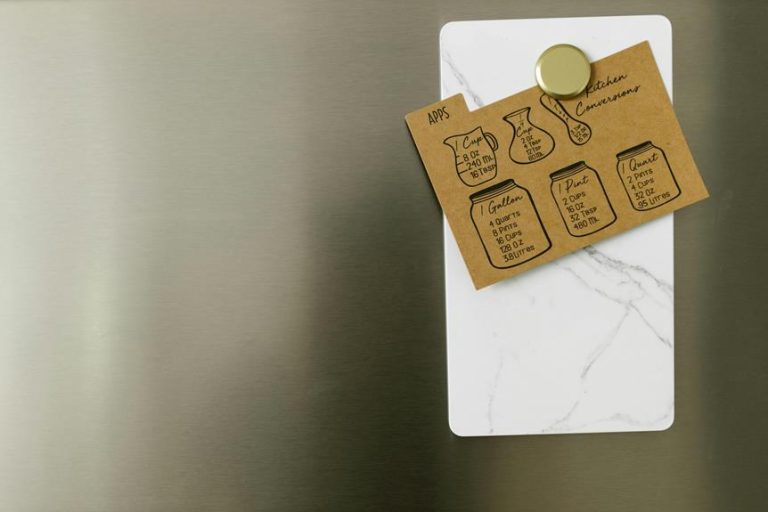Why Does Milk Curdle in Coffee? A Scientific Look

As we explore the intriguing phenomenon of milk curdling in coffee, we notice that it's not just an unfortunate accident; it's a complex interplay of chemistry at work. The proteins in milk react to the acidity and heat of coffee, leading to those unsightly curds. By examining the various factors, such as milk types and brewing methods, we can uncover ways to prevent this from happening. But what exactly happens at a molecular level that makes this process so fascinating? Let's take a closer look at the science behind it.
The Chemistry of Milk
When we consider the chemistry of milk, it's essential to understand its complex composition and how it interacts with other substances, like coffee.
Milk contains various proteins, primarily casein and whey, which can behave unpredictably in acidic environments.
Additionally, lactose breakdown plays a vital role; when milk is heated or mixed with coffee, these processes can lead to curdling, affecting the overall texture and flavor.
Acidity Levels in Coffee
Understanding the chemistry of milk sets the stage for exploring how acidity levels in coffee impact the curdling process. Coffee acidity plays a vital role in flavor balance, influencing the interaction between milk and coffee. Below, we present key factors affecting coffee acidity:
| Factor | Impact on Acidity | Effect on Flavor Balance |
|---|---|---|
| Bean Type | Varies | Enhances or diminishes |
| Roasting Level | Alters acidity | Affects smoothness |
| Brewing Method | Determines strength | Influences richness |
| Water Quality | Affects pH | Impacts overall taste |
| Additives | Changes profile | Alters perception |
Temperature Effects on Milk
Temperature plays an essential role in the behavior of milk when added to coffee, influencing both texture and stability.
When we heat milk, its proteins undergo changes that affect their heat stability. High temperatures can cause denaturation, leading to curdling.
Understanding this reaction helps us manage milk's interaction with coffee, ensuring a smoother drink without the unpleasant texture that curdled milk creates.
Types of Milk and Curdling
The choice of milk can greatly impact whether it curdles in our coffee. Whole milk tends to resist curdling due to its fat content, while almond milk and oat milk may curdle more easily due to their lower protein levels.
Soy milk can also curdle, especially for those with lactose intolerance. Cream alternatives vary, but they generally perform better than non-dairy options in preventing curdling.
Tips to Prevent Curdling
To keep our coffee smooth and free from curdled milk, we can follow a few practical tips.
Here are three effective strategies for curdling prevention:
- Heat milk gently to avoid shock.
- Consider using milk alternatives like almond or oat milk, which are less prone to curdling.
- Add milk to coffee gradually, allowing it to integrate well.
Implementing these tips will enhance our coffee experience!
Conclusion
To sum up, understanding the chemistry behind milk curdling in coffee allows us to better appreciate our favorite brews. By considering factors like acidity, temperature, and the type of milk we use, we can minimize curdling and enjoy a smoother coffee experience. Armed with this knowledge, we can make informed choices that not only enhance our drinks but also deepen our understanding of the intricate interactions at play. Let's savor our coffee with confidence!






